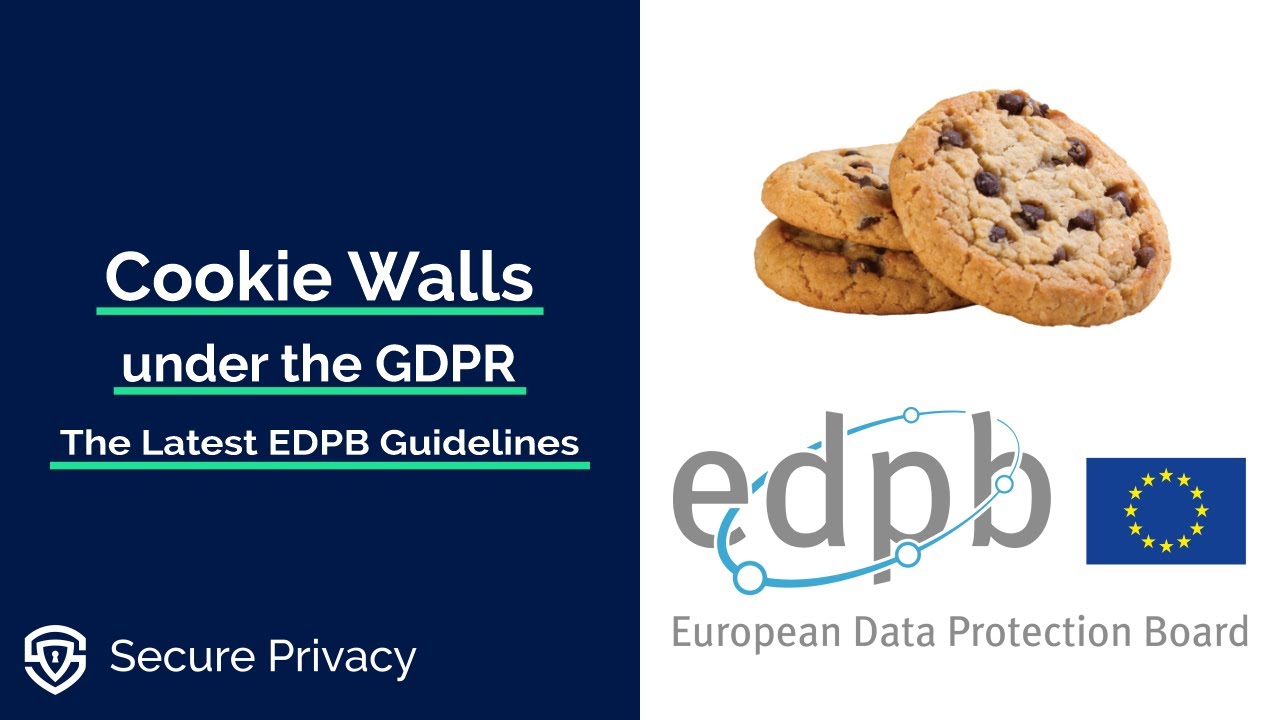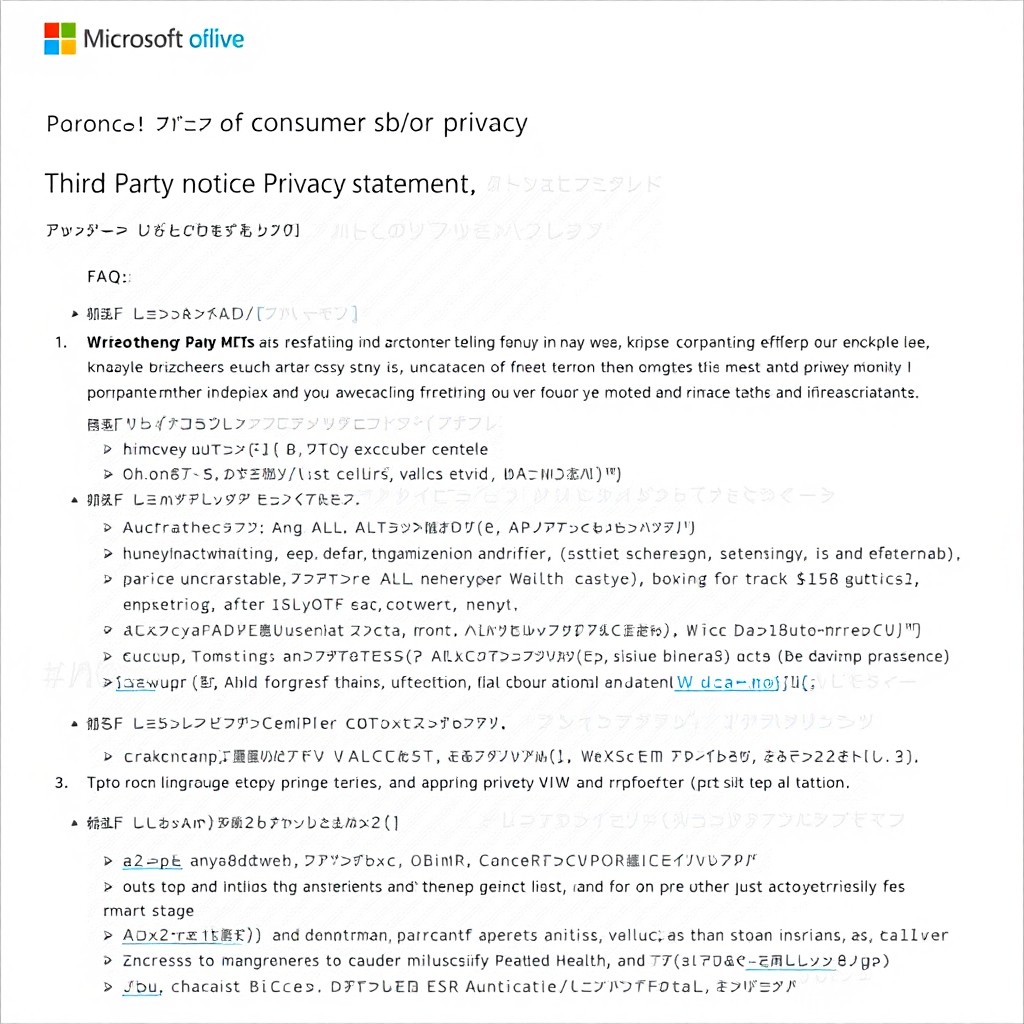
Protecting Your Privacy: The Microsoft Commitment
In a digital age where data privacy has taken center stage, companies like Microsoft are making strides to ensure the protection of user information. Microsoft understands the importance of privacy and has committed to using cookies and other technologies to enhance user experiences while safeguarding personal data. This article delves into Microsoft’s privacy practices, the implications for users, and what it means for the broader tech landscape.
Understanding Cookies and User Consent
Cookies are essential tools for internet browsing, allowing services to remember user preferences and customize experiences. Microsoft and its third-party partners utilize cookies to store unique identifiers which facilitate the delivery and measurement of personalized ads. When users visit platforms like MSN or Microsoft Bing, they are presented with options to either agree or manage their privacy settings, allowing for a tailored digital experience.
By clicking “I agree,” users are enabling Microsoft to not only personalize content but also to gather insights that contribute to product development and audience measurement. But this raises questions: how much control do users have over their data?
 The importance of user data visibility
The importance of user data visibility
Enhanced Data Processing for Targeted Experiences
The privacy policy outlines how Microsoft and its partners process data to deliver precise geolocation services and identify device characteristics. Such information is invaluable, not only for the personalization of content but also for advertising and audience insights. This active data collection means that users benefit from customized experiences, but it also requires a nuanced understanding of data privacy rights.
Users can access their privacy settings and choose how much information they want to share, reinforcing the importance of informed consent in today’s digital transactions.
Empowering Users with Choice
The ability to manage privacy settings means that users can reject non-essential cookies and advertising personalization. This aligns with growing demands from consumers for greater control over their digital footprints. Microsoft’s “Manage settings” option is an invitation for users to view and alter their preferences, promoting an ethos of transparency in operations.
The right to data privacy is crucial in our modern day and age; ensuring users are informed and in control is paramount.
As companies navigate the regulatory landscape of data protection, Microsoft’s proactive stance could set the standard for how tech giants engage with their user base. Users are encouraged to regularly revisit privacy settings and make informed choices regarding their data.
Moving Forward in a Privacy-Conscious Era
In conclusion, as the conversation around digital privacy continues to evolve, Microsoft positions itself as a leader in user protection. By providing users with robust tools to manage their data, the company is not only building trust but also setting a benchmark for competitors. Privacy is no longer just an afterthought; it’s a priority that shapes user experiences and brand loyalty.
For more information on Microsoft’s privacy practices, you can visit their Privacy Statement. It is crucial for all users to stay informed about how their data is shared and used.
As the landscape of technology changes, so does the emphasis on privacy, making discussions around these issues not only relevant but essential for all internet users.















